#kerberos cop
Explore tagged Tumblr posts
Text
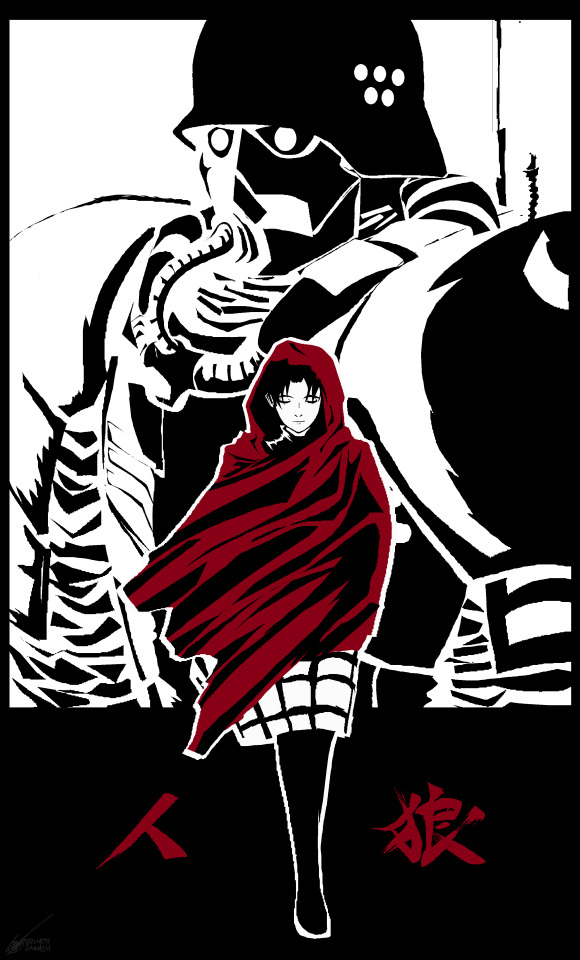
most people don't know that this is movie is a morally gray love story
#art#fanart#microsoft paint#ms paint#anime#anime art#anime fanart#jin roh#jin-roh: the wolf brigade#kerberos cop#little red riding hood
55 notes
·
View notes
Text
ArtStation - Jin-Roh , Harley Corke Im crying and throwing up and shaking and blood is spewing from my mouth and im dying /aff Why are they so well designed
#I LOVE THEM#HELP ME WHY ARE THEY SO COOL LOOKING#HDKA IASHFIAHFISHFD#jin roh: the wolf brigade#kerberos panzer cop#kerberos cop
1 note
·
View note
Text

#Jin-Roh#人狼#Jin-Roh The Wolf Brigade#Kerberos Panzer Cop#Hellhounds Legend#Hellhounds Panzer Cops#Hellhounds#style#design#cosplayer#anime#manga#Mamoru Oshii#Hiroyuki Okiura#@ki_no_ko_yama
87 notes
·
View notes
Text

Sketch from that one movie about the dog, that red ball and some weird mimes
#kerberos saga#kerberos panzer cops#mamoru oshii#stray dog#stray dog kerberos panzer cops#jin-roh#jin roh#art#my art#fanart
40 notes
·
View notes
Text
FUCK!!!!!!!!!!!!!!!!!!!!!!!!!!!!!!!!
I HAVE BEEN SUBJUGATED BY THE CHARMS OF ANOTHER NICHE MANGA THAT WAS NEVER EVEN TRANSLATED IN MY OWN LANGUAGE
#teach says#this is getting out of hand#why are all the volumes i want to read so niche that not even japanese people know about them#there are movies about it but i want THE PAPER#ill watch the movies but i still want to own a copy of the manga i dont care#i start foaming when i think about adding such a peculiar work to my library#kerberos panzer cop#that is the title that is currently keeping me awake at night
7 notes
·
View notes
Text
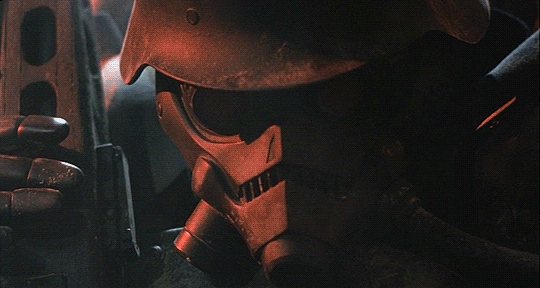
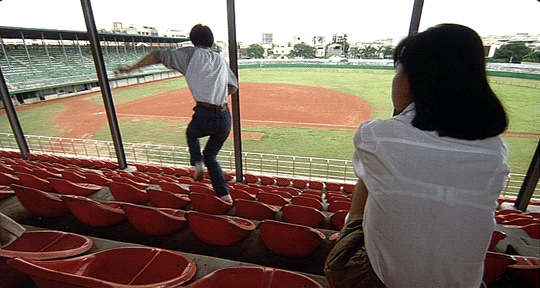
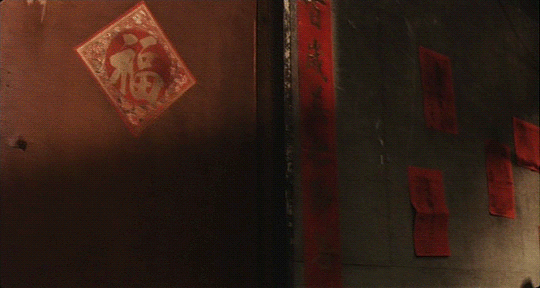
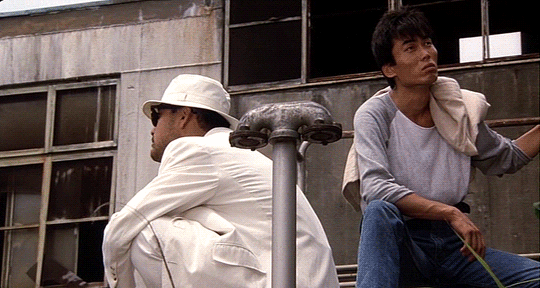
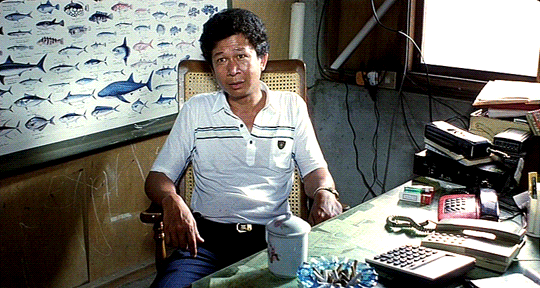
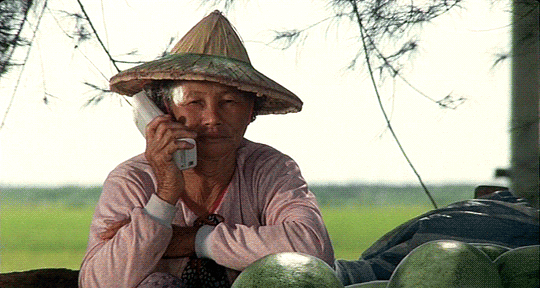
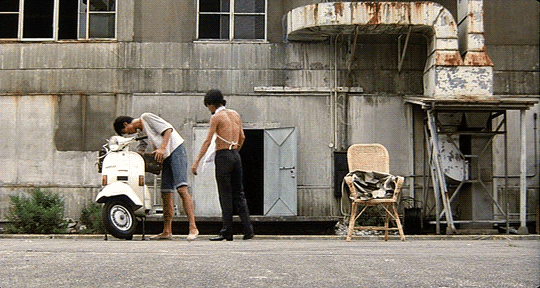

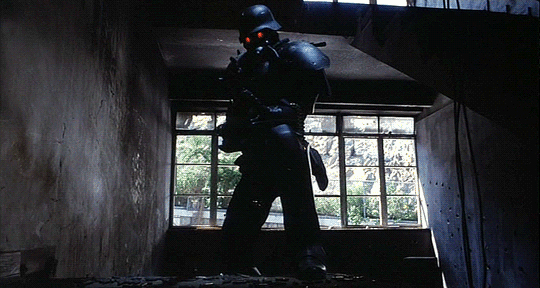
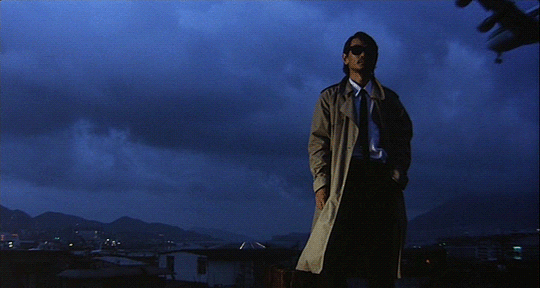
Stray Dog: Kerberos Panzer Cops (1991)
#Stray Dog: Kerberos Panzer Cops#Keruberosu: Jigoku no Banken#ケルベロス 地獄の番犬#Mamoru Oshii#Yoshikatsu Fujiki#Takashi Matsuyama#Shigeru Chiba#My Stuff
16 notes
·
View notes
Photo

Do you like the classic Megane? Shigeru Chiba seiyū of Megane in Urusei Yatsura (1981-1986) reinterprets Megane as Koichi Todome in Mamoru Oshii’s films; “Akai megane” (The red glasses, 1987) and “StrayDog: Kerberos Panzer Cops” (1991).
#Shigeru Chiba#千葉 繁#Megane#メガネ#Satoshi#サトシ#The Kerberos Saga#ケルベロス・サーガ#The Red Spectacles#紅い眼鏡#StrayDog: Kerberos Panzer Cops#ケルベロス 地獄の番犬#Kōichi Todome#都々目紅一#Urusei Yatsura#うる星やつら#Mamoru Oshii#押井守
36 notes
·
View notes
Photo








Stray Dog: Kerberos Panzer Cops (1991) dir. Mamoru Oshii
3 notes
·
View notes
Photo

Stray Dog: Kerberos Panzer Cops (1991)
2 notes
·
View notes
Text
Stray Dog: Kerberos Panzer Cops: less strange than the previous film in the trilogy, but still absolutely not what the poster (or name) might lead you to believe.
#Absolutely watch these movies if you want to see the director of Ghost In The Shell doing surreal live action comedy#Me watches films#Stray Dog: Kerberos Panzer Cops
1 note
·
View note
Text
i AM trying to cut back on mitski for my health but. voltron characters as mitski songs YIPPEEEEE
Lance- Remember My Name/My Body’s Made of Crushed Little Stars
Keith- Cop Car/Real Men
Pidge- Two Slow Dancers
Hunk- I Will
Shiro- Working for the Knife
Allura- Door
Romelle- Star
Krolia- Heat Lightning
Bonus
Krolia & Keith’s dad- I Guess
Shiro & Adam- Heaven/Francis Forever
Keith leaving Voltron- Why Didn’t You Stop Me?
Pre-Kerberos Keith & Shiro- Geyser (PLATONIC)
Coran after S8- Once More to See You
Allura and Lotor- Eric/I Don’t Smoke
Keith & Lance- I Want You
Post-Canon Lance & Keith- Circle
Pre-Shiro Keith- Nobody
#i would give in depth explanations about each and every one of these#so if you’d like to know#feel free to ask#voltron#vld#voltron legendary defender#voltron: legendary defender#voltron defender of the universe#voltron: defender of the universe#lance#lance mcclain#keith#keith kogane#shiro#takashi shirogane#adam w#adashi#klance#pidge#pidge holt#pidge gunderson#katie holt#hunk#hunk garrett#allura#princess allura#coran#coran hieronymus wimbleton smythe#krolia#romelle
23 notes
·
View notes
Text

warmups
kerberos guys
16 notes
·
View notes
Text
Animation Night 140: Kerberos, cont.
Hi friends welcome back to Animation Night! It’s the night where I screen animations on Twitch and sometimes you come and watch them.
Last week we shone the Animation Night beam on Hiroyuki Okiura, and I was surprised by how great his film A Letter to Momo turned out to be. The plan had been that on Tuesday I’d bring back the other film night, ‘Toku Tuesday’, in order to watch Mamoru Oshii’s Kerberos film trilogy, leading into the third entry being Hiroyuki Okiura’s film Jin-Roh: The Wolf Brigade. I did that, but I had to end the night early after only one film. So, it’s rolled over into Animation Night this week.
But that’s an opportunity in a way, because this gives us a chance to dig up a fascinating Oshii obscurity. More on that in a minute!
youtube
That film we watched on Tuesday was The Red Spectacles, and it was fucking fascinating. Going into Kerberos by reputation I expected some kind of philosophical meditation on power and an alternate history setting, but this was something a lot stranger. I wrote a more detailed commentary on it here, but to my reading, this surreal film is essentially there to probe the warped fantasy of a self-important fascist who’s terrified of betrayal, when he’s much more of a traitor than any of them. However, as an introduction, it doesn’t really tell much more about the broader Kerberos story, beyond the fanaticism of the organisation’s members.
The actual event we learn about is: Kōichi, high-ranking member of the heavily armed paramilitary police organisation ‘Kerberos’, slunk away with a suit of power armour when the state dissolved the organisation. Later he came back to Japan, and was promptly killed.
It’s followed by prequel StrayDog: Kerberos Panzer Cop, which is a more literal film, following another Kerberos member who goes looking for Kōichi in the Phillipines. Although this is not at all animated, I am going to show it tonight regardless. We’ve shown an animated OVA on Toku Tuesday before, you can allow me one (1) live action film, as context for one of the most renowned animated films of the 90s. I think it’s worth showing what Okiura was building on when we get to his film, particularly since this film establishes even more the gruesome image of Kerberos suits in action.

About Jin-Roh, I don’t have much more to say beyond what I said last week, so here’s a slightly revised version of that.
The person chosen to be the director of Jin-Roh in Oshii’s stead ended up being 'allergic to computers’ Okiura, judged the most promising of the studio’s younger generation and eager to direct a serious drama film. Though Oshii wrote the original script, Okiura made many decisions that Oshii wouldn’t; his take on the story put a bit more emphasis on the romantic relationship, and he ambitiously decided to do a film with no CGI whatsoever at a sprawling 80,000 cels, punishingly realistic designs and understated action, and all sorts of complex technical crowd shots.
By all accounts, he succeeded. His film is heavily in an Oshii idiom: very slow and contemplative, morally ambiguous, set in the near future, about cops. Its story tells of a member of a counter-terrorism unit in the context of widespread protests. Power-armoured Kerberos are sent as ‘counter-terrorists’ to suppress the protests, which becomes a massacre as they turn their machine guns on the crowd. The story follows Kazuki Fuse, who decides not to gun a girl only for her to set off a suicide bomb, disgracing him in the eyes of his unit.
Later, wracked with guilt, he encounters a woman called Kei who claims to be the suicide bomber’s sister. Kazuki makes a connection with her, not knowing at first that she is also a bomb courier like the girl he shot, or the broader context of infighting between Kerberos and their rival Public Security that brought them together.
To spoil the ending, Kazuki becomes increasingly attracted to Kei, while dreaming feverishly about shooting her in the sewers as he was supposed to shoot the suicide bomber. He and Kei become involved with a conspiracy within Kerberos, the ‘Wolf Brigade’, which succeeds in assassinating their enemies in Public Security - but then at the end Kazuki is ordered to shoot Kei and he declares himself a ‘wolf’, dedicated himself wholly to Kerberos.
I found this rather academic video on Youtube, which talk in some detail about how the film invokes the metaphor of Little Red Riding Hood in characterising Kazuki:
youtube
To Pause and Select’s telling, Jin-Roh is at pains to complicate the simple wolf/victim dichotomy of Little Red Riding Hood. From a ‘having faced lines of cops at a street protest’ POV, I’m not sure how that will come across really, and I think it’s possible I’ll reach some kind of divergent reading.
The background to Jin-Roh is the social movements I’ve talked about occasionally on here before. To put it briefly, Oshii (much like Oshima, and to a certain extent Miyazaki) was apparently involved the second wave Anpo protests in 1970 against renewing the treaty that allows the US to maintain bases on Japanese soil. In the 50s, the US had used Japanese infrastructure to carry out the Korean War, to significant profit of many people in Japan, and their military presence was pretty significance. The movement - popular in particular with leftist students - wanted Japan to have a more neutral role in the Cold War. The government’s efforts to push through a continuation of the treaty led to major clashes with police in the 60s; a second wave of protests in 1970, following the student riots of 68-69, were less disruptive and completely ignored by the government.
As for Oshii’s role in all this? I’m not sure; I downloaded the book Stray Dog of Anime that Wikipedia uses as a source and it’s kind of vague.
In any case, the ‘60s movement was a major failure, and the student movement fell into infighting and recrimination that later gave rise to the New Left. (This is portrayed in films like Ōshima’s Night and Fog in Japan). In the aftermath, the Japanese left took some weird turns, like Yodogō Hijacking Incident, and tragic ones, like the Asama-Sansō Incident (watch as Bryn reels off her list of ‘weird things that happened in Japan in the 70s’ again...); it otherwise became increasingly sidelined during the economic boom of the 80s. You can see the shadow of all these events in films like Akira (AN34); by the time of Jin-Roh, they were now distant history.

Okiura, born 1966, would have been way too young to have seen these protests. The protest scenes, drawn by (who else could it be?) Toshiyuki Inoue, are nevertheless striking encapsulations of the tension of a crowd facing down a police line. As Pause and Select’s video noted, the police are actually on the back foot here, cowering behind their shields under a barrage of projectiles. In the world of Jin-Roh, the conflict has escalated considerably beyond the Anpo protests, to the edge of civil war. So they decide to escalate to military levels of force.
The colour palette of Jin-Roh is very muted, greys and browns everywhere; the acting is generally kept very grounded, the proportions of the characters are only barely stylised. Very ‘Production I.G.’ in other words. That kind of approach raises the question of ‘why not do it in live action’. For someone who loves traditional animation for its own sake the look of this film is answer in itself, but you could answer that in various ways beyond simple practicality (it is difficult to draw an enormous crowd but expensive to close off a street and shoot a scene involving a large crowd and pyrotechnics). One might be that later there was a Korean live action remake of Jin-Roh and it wasn’t very good. But why? Perhaps it is that there is a certain abstracting effect of animation that turns its characters, no matter how realist they are drawn, into symbols, and this is a story that constantly compares its characters to archetypes in a fable. I might have more of an answer later.
Anyway, I mentioned another Oshii oddity, and that is Tachiguishi-Retsuden (立喰師列伝); you could kind of break down that title very literally as ‘Biographies of the Stand-up Eating Masters’, but the official English translation is Tachigui: The Amazing Lives of the Fast Food Grifters. If you remember those noodle bar scenes in The Red Spectacles, this expands on that concept, presenting a kind of mockumentary alternate history of Japan that focuses on various grifters who exploit these noodle bars. Bizarre concept, where the hell did that come from? It actually began in one of Oshii’s episodes of Urusei Yatsura, whose characters were adopted into the radio drama that preceded The Red Spectacles.
youtube
Why on Animation Night? Well, the technique used is a strange blend of live action and animation, described thus:
Tachiguishi-Retsuden is a documentary-style animation film created with an innovative technique named "Superlivemation". Oshii first experimented this flat 3D technique in his 2001 live-action feature Avalon as a visual effect for explosions in Ash's game, then he developed it, the following years, in both the MiniPato short films and PlayStation Portable game. Characters have a tiny body and an oversized head which makes them look funny. They are animated like paper dolls (ペープサート人形, papsart ningyou) and are evolving in a pictures based environment in the likes of the JibJab Brothers' (Gregg and Evan Spiridellis) musical comedy cartoons, e.g. 2・0・5 Year In Review, although Mamoru Oshii stated his own work was a "serious comedy".
The Superlivemation consists of digitally processing then animating, paper puppet theater-style characters and locations based on real photographs. In Tachiguishi-Retsuden more than 30,000 photographs were processed 20 times, to produce the final composite to be animated.
The director describes his new animation film as set between "a simple animation with extremely intense information" and "a live-action movie with extremely limited information".
Avalon (TT#39) used the ‘superlivemation’ technique (which could be considered something like a variant on ‘pixilation’) for deaths in its videogame world; upon dying, a character would be replaced with a 2D composite before suffering a disintegrating effect. An entire movie shot with this technique sounds absolutely deranged, hopefully in a good way. I honestly have no idea how this one will play out; there may be a reason it’s almost unknown. But if Animation Night has one absolutely necessary element, it’s plumbing the archives for something fucked up and weird, so I’ll tell you what I make of it.
And that’s enough writing, let’s get going. With three films to get through, I’m gonna go live around now - I know it’s a lot earlier than it has been lately! I hope you feel like joining me; we’ll be watching StrayDog, Jin-Roh and then Tachiguishi-Retsuden in that order.
Hop in over at twitch.tv/canmom, mobies start in about 30 minutes (20:00 UK time)!
15 notes
·
View notes
Text
Mamoru Oshii: the mind behind three masterpieces.
Fine, let’s talk about this guy. I recently watched both Angel’s Egg (1985) and Jin Roh (1999) afterwards, and I liked them a lot. Then I realized that both films had been made (directed the first, wrote the second) by the same guy who directed Ghost In The Shell (1995) !! Incredible.

Oshii was born in 1951, in Ōta. He studied at Tokyo Keizai University, and has been in the industrie since 1977. He directed the first OVA project to be released !! The science fiction miniseries ‘Dallos’ (1983), which tells the story of the people of the moon, who discover an ancient alien structure. That alone is something truly important for the anime industry, the OVAs would be a format that would change the way in which anime could be viewed and consumed, and also giving much more freedom to its creators in storytelling. Maybe that’s why Angel’s Egg is given so much credit for. When it was released, it truly gave him an infinite amount of recognition for years to come. It is considered one of the greatest animes in all time. But let’s wait a minute to explain why, and let’s continue in our story…

After 10 years of filmmaking, including the OVA series Patlabor (1988) and his incursions in live action films with The Red Spectacles (1987) and Talking Head (1992); he got to make one of the most influential anime films ever: Ghost In The Shell (maybe more for my generation? Or for the cyberpunk lovers I guess), an adaptation of Masamune Shirow’s manga, and one of the reasons of why I’m here in this course. After that, in 1999 (the year I was born), he directed Jin Roh, the last one of the Kerberos Trilogy (which includes The Red Spectacles too).

So, we got to the point when I can talk about this films. You know, I haven’t watched every anime he has done, and some of them I just knew about, but here I am, to get to know them, and watch them when I got the time. I want to talk briefly about what I consider are his themes that are followed through this specifical three works: Angel’s Egg, Ghost In The Shell and Jin Roh, since they are the ones that I have watched. I find it really interesting that since Angel’s Egg we can see some of the most dense existential dreads that we got to witness in anime. This movie is showing us an allegoric depiction of life after death, of meeting our extinction, and not knowing what we can do about it. It’s certainly referencing through beatiful metaphors (like the shadows of the fishes, the dead armies) the drop of the atomic bomb, an event that got humanity to meet the face of what apocalypse looked like, like never before in our recent history. There is an scene where one of the characters (the male one, who moves along with a crosslike weapon) retells the story of Noah’s ark, creating a reflexion about the uncertainty and impending doom that is felt when discovering something that is far beyond human comprehension. He decides to kill all hopes. I’m not spoiling you any more details jj
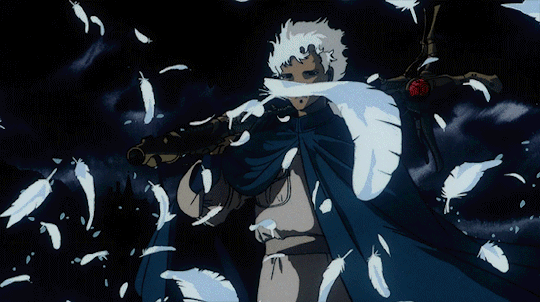
Then we got Ghost in The Shell, an exploration on what we call human, and again, an existential crossroad where our protagonist, Major Motoko Kusanagi, a quintessential cyborg cop, faces an AI that is hacking human consciousness, using people to trascend itself and becoming something else. Here we got one of the greatest scenes in all anime, which is a silent ship, coursing a river through the city buildings, and Motoko watching some other “version” of herself (another cyborg with the same body as her) through a glass, and not knowing how to feel about it. The music in this scene is beatiful, I mean it’s so iconic, like ritual chants begging to the new gods of the cyberpunk for mercy, or to get us into this new transhuman world. Well of course it has amazingly animated action scenes near the end, like the scene in wich she has to fight with a flying tank (?), but it’s the end dialogue between her and the AI that has got us in love with it, and with anime in general. In a final act for liberation (and with some sexual innuendos here and there) Motoko and the other get fusioned, creating a new being virtually invencible and far more powerful than before, in the body of a child Motoko. Also, her mate Batou is cool af, and also super cute, like he takes care of some basset hounds (same dogs Mamoru has) and is clearly in love with Motoko, she just isn’t human anymore, I’m sorry buddy.
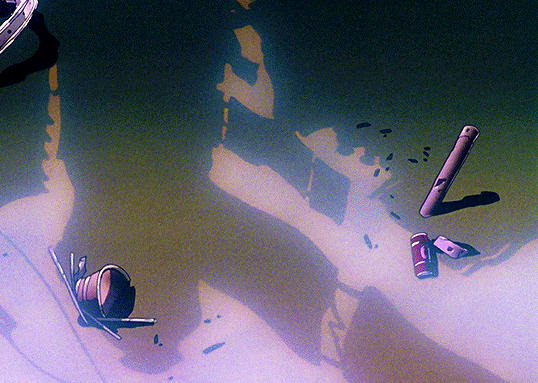
Finally, we have Jin Roh, a story about a soldier (some ultra heavy metal cop in an atompunk gear like wtf such a cool design) who can’t shoot a girl in a terrorist attack, she gets blown up, he feels guilty about it. If you blink it you miss it, but it’s settled in an alternative Japan where, well, Germany won the Second World War, so Japan is now a fascist state, with brutal police repression to its inhabitants. It’s the fifties, so you can expect a noir type story with some mentally tormented detective and the classic femme fatale that gets him into madness. It delivers. Here, our protagonist Fuse gets in love with a woman who is really resemblant of the girl he just saw die. She’s a terrorist too. With some complicated political intricacies here in there, and some beatiful dream sequences (ok the wolf scene is really gory but so good it got me shivers !!), the film delivers an excellent psichological thriller which is, again, more about the mind that it is about the action. But the world building is GOD.
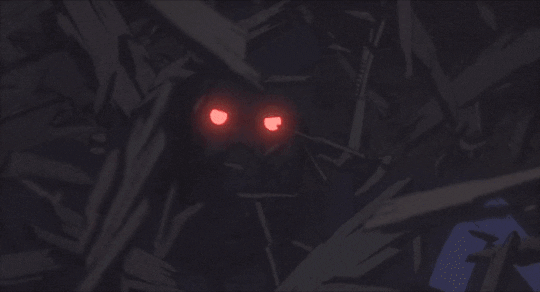
And we could extrapolate that to all his works, the worldbuilding is phenomenal, I mean, Angel’s Egg creates a world that we never get to know much about, that we are shown to be meeting its end, and it does in a beatifully animated way, like really, and the colors, the art direction, it’s really captivating to the eye and to the mind, and it themes get all in your mind for days. Same with Ghost In The Shell, a pivotal point in cyberpunk storytelling, that got an american remake with Scarlett Johanson that I really like too ! (you are free to hate me.) Finally, with Jin Roh we got a change in the directing seat, but we can see his trace in all the animation style and the tone of the story, where we can only get an ambivalent ending, with a heavy pessimistic touch to it.
We can only say that the mind of this director has got into ours, through his work, which is really important to anime, and also, pure works of art.

Jorge Leiva
3 notes
·
View notes
Text


The Red Spectacles
The first Kerberos Panzer cop movie it's basically alphavile on acid. Trully recomended.
#jin_roh#mamoruoshii#Ghostintheshell#kerberospanzercop#sketch#doodle#theredspectacles#thewolfbrigade
2 notes
·
View notes




